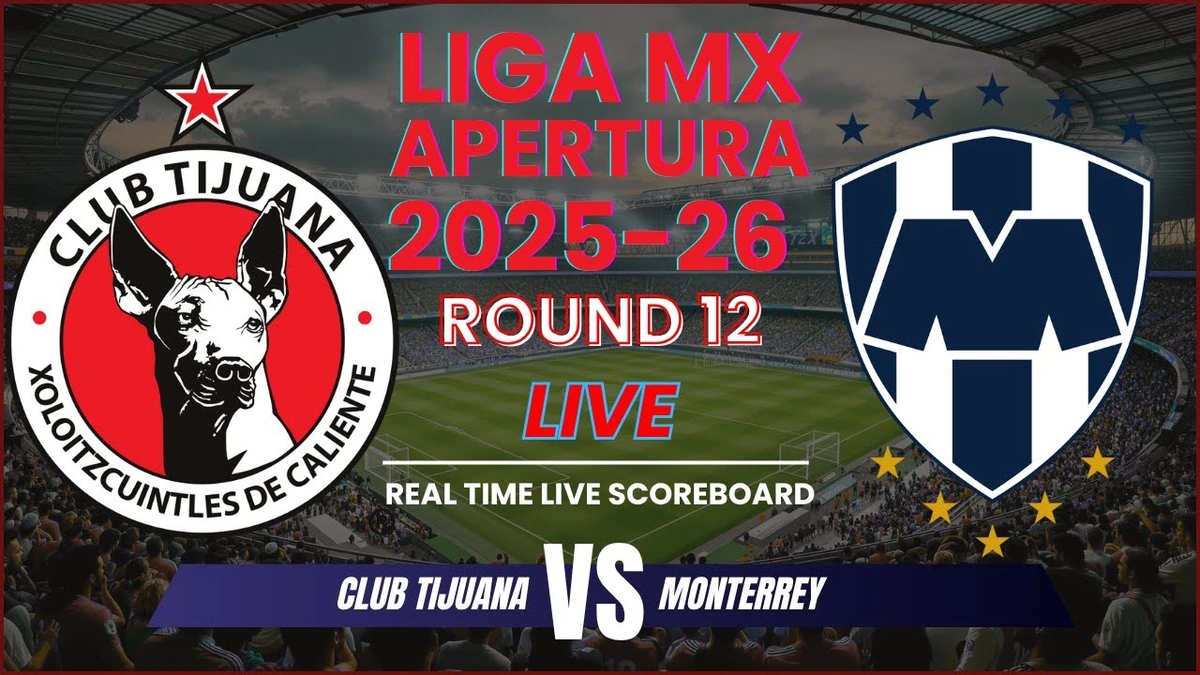Spain National Football Team | More Than Just La Roja
The Spain national football team , affectionately known as La Roja (The Red One), evokes images of tiki-taka, mesmerizing midfielders, and a trophy cabinet bursting at the seams. But here’s the thing: Spain’s footballing journey is far more complex and fascinating than just their era of dominance. What fascinates me is how a nation so passionate about football could endure decades of underachievement before finally exploding onto the world stage. Let’s explore why.
From Underdogs to World Champions | A Deep Dive

For years, Spain’s national team was the nearly-men of international football. They had the talent, sure, but something always seemed to be missing. Was it mental fortitude? Was it tactical rigidity? Let’s be honest, it felt like a curse sometimes. But then came the late 2000s, and everything changed. A generation of supremely gifted players, combined with innovative tactics, transformed La Roja into an unstoppable force.
Under the guidance of Luis Aragonés and later Vicente del Bosque, Spain adopted a possession-based style of play that became their trademark. Tiki-taka, as it was dubbed, was about more than just keeping the ball. It was about controlling the game, suffocating opponents, and creating scoring opportunities through intricate passing movements. And boy, did it work! The victory in Euro 2008 was the breakthrough, followed by the ultimate prize: the 2010 World Cup in South Africa. A common mistake I see people make is underestimating the impact of Aragonés’s groundwork. He instilled a belief in the players that they could compete with anyone, and that confidence was crucial.
The Tiki-Taka Revolution | What Made It So Special?
So, what exactly was tiki-taka, and why was it so effective? It wasn’t just about passing the ball around aimlessly. It was about precise, purposeful passing, constant movement, and an unwavering commitment to keeping possession. Players like Xavi Hernandez, Andres Iniesta, and Sergio Busquets became the embodiments of this philosophy, orchestrating Spain’s attacks with unparalleled skill and vision. But, the success of tiki-taka was due to the collective intelligence and technical ability of the entire team. Everyone understood their role, and everyone was comfortable on the ball. It was a system that required discipline, patience, and a deep understanding of the game.
And the impact was undeniable. Spain’s dominance wasn’t just about winning trophies; it was about changing the way football was played. Other teams began to emulate their style, and possession-based football became the dominant trend in the sport. It’s still influencing club football around the globe. This possession-based playing style isn’t always the answer in today’s game. Teams are constantly evolving and adapting to change.
Beyond the Trophies | The Legacy of La Roja
While the trophies are what most people remember, the legacy of La Roja extends far beyond silverware. They inspired a generation of Spanish footballers and instilled a sense of pride in the nation. They also showed the world that football could be beautiful, intelligent, and ultimately, successful. But, their success also came with its challenges. The pressure to maintain their high standards was immense, and eventually, the tiki-taka era came to an end.
The decline started after the 2012 European Championship. The team became predictable. There were a lack of new players who could refresh the style. But what I find interesting is how Spain is now trying to recapture some of its former glory, blending the principles of tiki-taka with a more direct and dynamic approach. They are searching for the perfect combination of both styles of play to see what they can accomplish.
The Current State of Spanish Football | Rebuilding and Reimagining
Today, the Spanish football landscape is in a state of transition. While they may not be the dominant force they once were, they are still a team to be reckoned with. Talented young players are emerging, and a new generation of coaches is experimenting with different tactical approaches. The one thing you absolutely must double-check when following Spain’s national team matches is their current coach. This is due to how often it changes.
The challenge for Spain is to find a way to adapt to the changing landscape of international football while staying true to their core values. They need to develop a new generation of players who can carry the torch forward and build on the legacy of La Roja. The upcoming tournaments should be a great way to assess how far the team has come.
According to several sports analysts, the key to Spain’s future success lies in finding the right balance between experience and youth. They need to integrate young talents into the team gradually, while also relying on the leadership and experience of their senior players. And they need to continue to evolve their tactical approach, adapting to the strengths and weaknesses of their opponents. While sources suggest a bright future, the official confirmation will come on the pitch. It’s best to keep checking the official portals for more updates.
And so we are at the present day. The Euro cup qualification games showed positive signs. But the real tests lie ahead and only time will tell whether this sleeping giant can reawaken and once again conquer the world of football.
FAQ About the Spain National Football Team
What is the nickname of the Spain national football team?
The Spain national football team is nicknamed “La Roja,” which means “The Red One” in Spanish, referring to the color of their primary jersey.
Who are some of the most legendary players in Spain’s football history?
Some of the most legendary players include Xavi Hernandez, Andres Iniesta, Iker Casillas, Sergio Ramos, and David Villa.
What major tournaments has Spain won?
Spain has won the FIFA World Cup in 2010 and the UEFA European Championship in 1964, 2008, and 2012.
How can I follow the latest news and updates about the Spain national team?
You can follow the latest news and updates on the official website of the Royal Spanish Football Federation (RFEF) and major sports news outlets.
What are the key strengths of the current Spain national team?
The key strengths of the current team include technical skill, tactical flexibility, and a blend of experienced and young players.
What challenges does the Spain national team face?
The challenges include maintaining consistency, integrating new players effectively, and adapting to the evolving landscape of international football.













